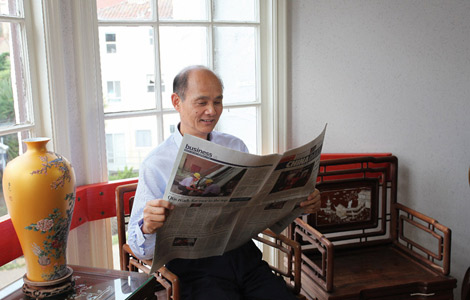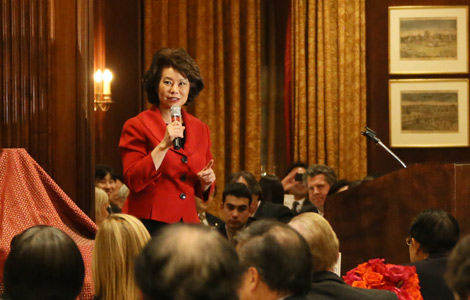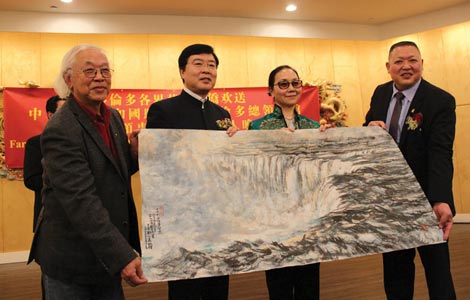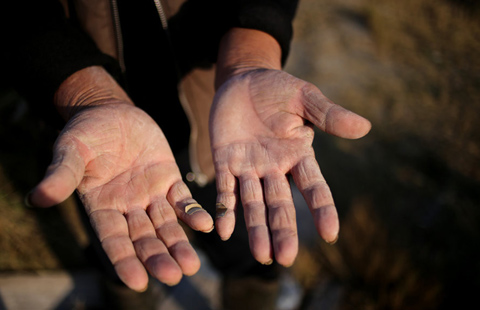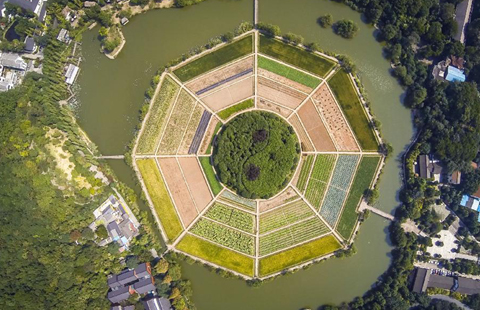Using the present to preserve the past
Updated: 2014-12-03 06:51
By Peng Yining(chinadaily.com.cn)
|
||||||||
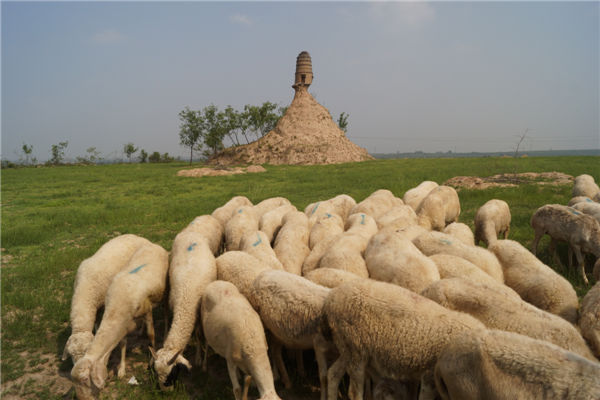 |
|
The unfixed Wenfeng Pagoda in Shanxi province [Photo provided to China Daily] |
Enthusiastic amateurs are using modern tools, such as social networks and digital publishing, to help save endangered cultural sites and forgotten art forms, as Peng Yining report.
When he first encountered the Wenfeng Pagoda, Tang Dahua could hardly believe his eyes. After hundreds years of being scorched by the sun and battered by winds and rain, the eight-meter-diameter mound of mud supporting the five-story tower was so pitted and eroded that it resembled nothing so much as an enormous termites' nest with a five-meter-high rotunda perched precariously atop it, looking as though it could come crashing to the gound at any moment.
The pagoda, built to provide benficial feng shui for Qixian county in Shanxi province, can be traced back to the Ming Dynasty (1368-1644), but none of the locals could say how long it had been in its current dilapidated condition. For them, it had always seemed on the point of collapse.
"When I first saw the pagoda in July, it was as if the wind could blow it down. There were piles of bricks and mud around it — the remains of previous ancient pagodas," said Tang, who spends his leisure time locating ancient architecture and trying to protect it. When the 44-year-old took a photo of the pagoda and posted it on Weibo, a microblogging service with more than half a billion users, he wrote: "Probably the last sight of Wenfeng Pagoda in Jiancun village in Shanxi's Qixian county."
The unique shape of the endangered pagoda resulted in Tang's post being forwarded more than 2,000 times by netizens, who nicknamed the building Ta Jian Qiang, or "the tough tower".
The photo quickly became an Internet sensation across China — an online search for Ta Jian Qiang produces more than 577,000 pages, including a series of reports by the Xinhua News Agency — but it also became a symbol of the poor management of sites of historic interest. In August, a month after Tang's post, the Qixian government set about repairing the ancient building, a task that lasted until October.
Most Viewed
Editor's Picks

|

|

|

|

|

|
Today's Top News
Don't ignore own culture for Xmas, schools tell students
Christmas a day for Chinese food in US
China urged to tap Canada's talent
Research center honors late translator
Chinese dancer joins Nutcracker
Beauty firm's business not pretty in China
Reform set for GDP calculation
'Anti-graft' fight is hottest online topic
US Weekly

|

|
